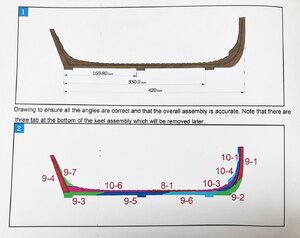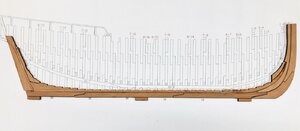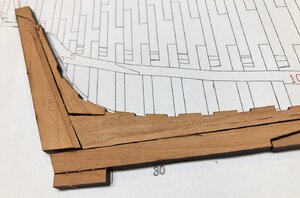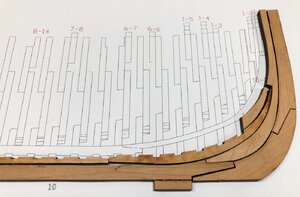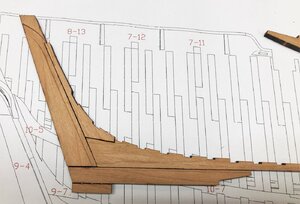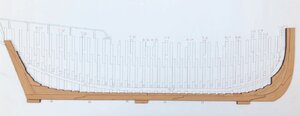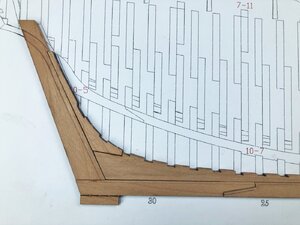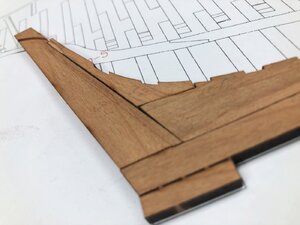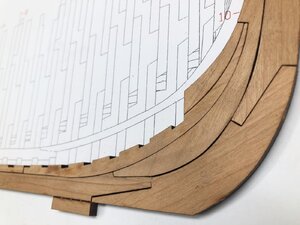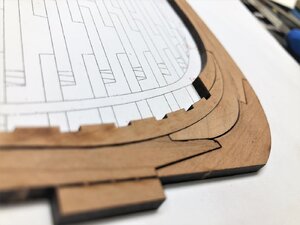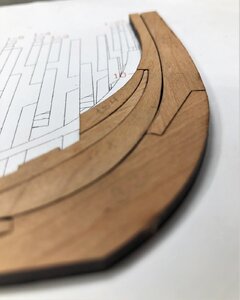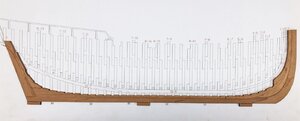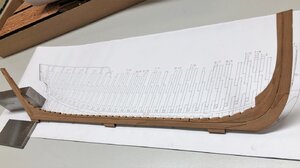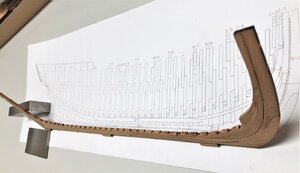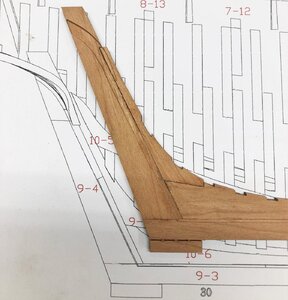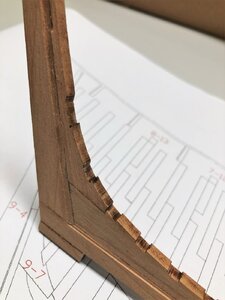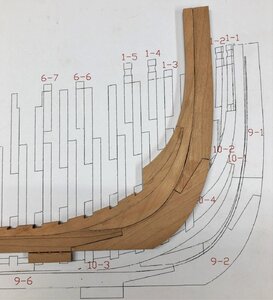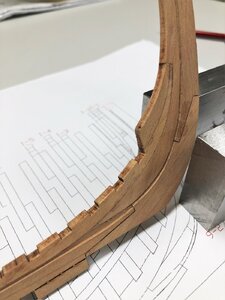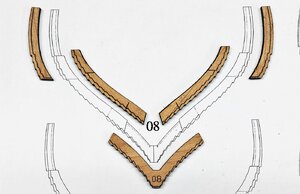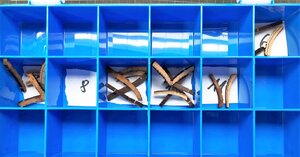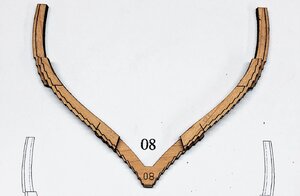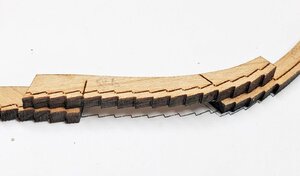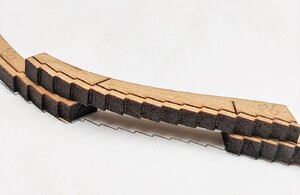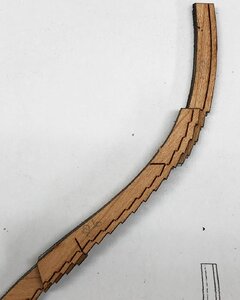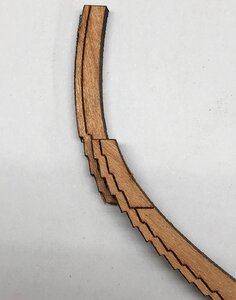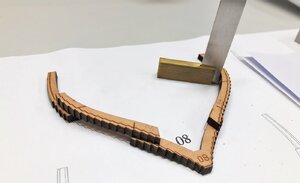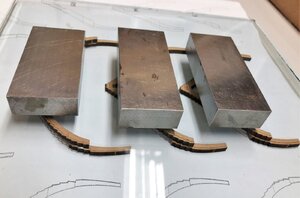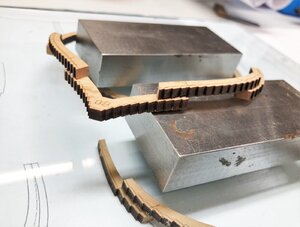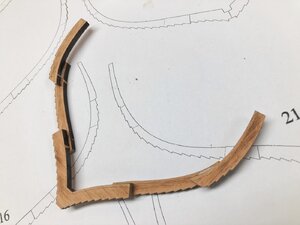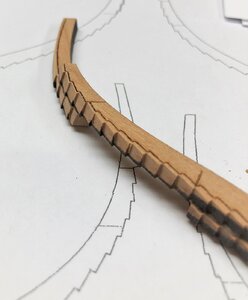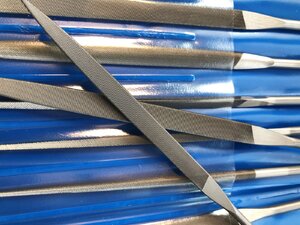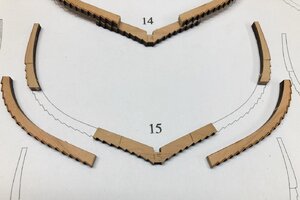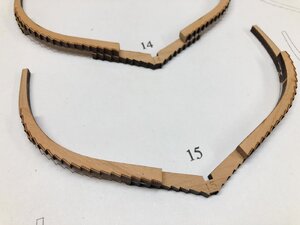Today I want to start my building log of the Le Coureur
But before I want to summarize the existing information available here on SOS
A detailed Kit Review you can find here:
The description of the kit development here:
Also in the beginning I want to show an excerpt of the manual, which is my opinion a very important information

Caf Model
For those who want to know more about her, you can purchase a detailed monograph of her directly from Ancre.
The monograph is available in French, English and Italian.
There are two contemporary drawings available from NMM dated 18 September 1778
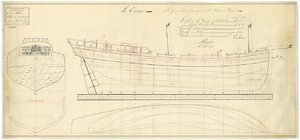
Scale: 1:48. A plan showing the body plan with stern board and decoration and name on stern counter, sheer lines with inboard detail modifications proposed in green ink, longitudinal half-breadth, and midship section showing the clinker framing, for 'Coureur' (1778), a captured French lugger, as modified to an 8-gun Schooner. Signed by John Henslow [Master Shipwright, Plymouth Dockyard, 1775-1784; later Surveyor of the Navy, 1784-1806].
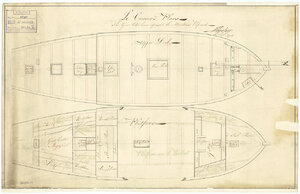
Scale: 1:48. A plan showing the upper deck, and fore and aft platforms, with proposed modifications in green, for 'Coureur' (1778), a captured French lugger, as modified to an 8-gun Schooner. Signed by John Henslow [Master Shipwright, Plymouth Dockyard, 1775-1784; later Surveyor of the Navy, 1784-1806].
There is a beautiful model shown on the web-page from ancre, a model built by Gerard Chatainier and I hope, that my model will (somehow) looking like this one - you get a very good impression of the project
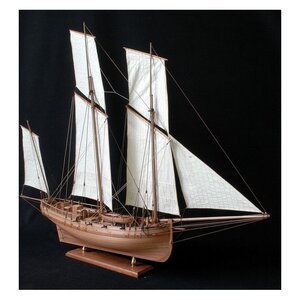
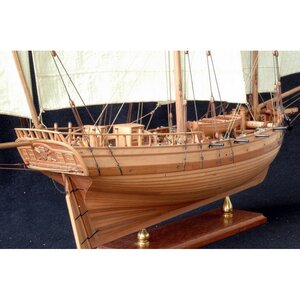
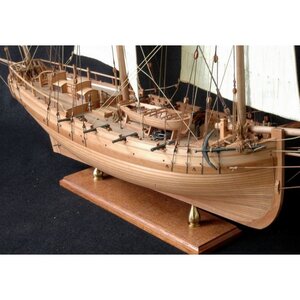
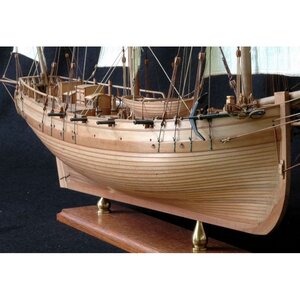
So enough with the theory - let me start now
But before I want to summarize the existing information available here on SOS
A detailed Kit Review you can find here:
The description of the kit development here:
Caf Model - New Kit - 1/48 Le Coureur 1776
I haven't been online for a long time. I've been making coureur recently. The latest design, the latest slipway.I hope you like it It is expected to be available in July and August, Price: 342,
shipsofscale.com
Also in the beginning I want to show an excerpt of the manual, which is my opinion a very important information

Caf Model
For those who want to know more about her, you can purchase a detailed monograph of her directly from Ancre.
The monograph is available in French, English and Italian.
Planset review - Lugger LE COUREUR - 1776" in scale 1:48 by Jean BOUDRIOT & Hubert BERTI
Planset Review: Lugger LE COUREUR - 1776 in scale 1:48 by Jean BOUDRIOT & Hubert BERTI available from ancre in different languages -> english, french or italian https://ancre.fr/en/monograph/50-monographie-du-coureur-lougre-1776.html#/langue-francais Excerpts from the drawings taken from...
shipsofscale.com
There are two contemporary drawings available from NMM dated 18 September 1778

Scale: 1:48. A plan showing the body plan with stern board and decoration and name on stern counter, sheer lines with inboard detail modifications proposed in green ink, longitudinal half-breadth, and midship section showing the clinker framing, for 'Coureur' (1778), a captured French lugger, as modified to an 8-gun Schooner. Signed by John Henslow [Master Shipwright, Plymouth Dockyard, 1775-1784; later Surveyor of the Navy, 1784-1806].

Scale: 1:48. A plan showing the upper deck, and fore and aft platforms, with proposed modifications in green, for 'Coureur' (1778), a captured French lugger, as modified to an 8-gun Schooner. Signed by John Henslow [Master Shipwright, Plymouth Dockyard, 1775-1784; later Surveyor of the Navy, 1784-1806].
There is a beautiful model shown on the web-page from ancre, a model built by Gerard Chatainier and I hope, that my model will (somehow) looking like this one - you get a very good impression of the project




So enough with the theory - let me start now




